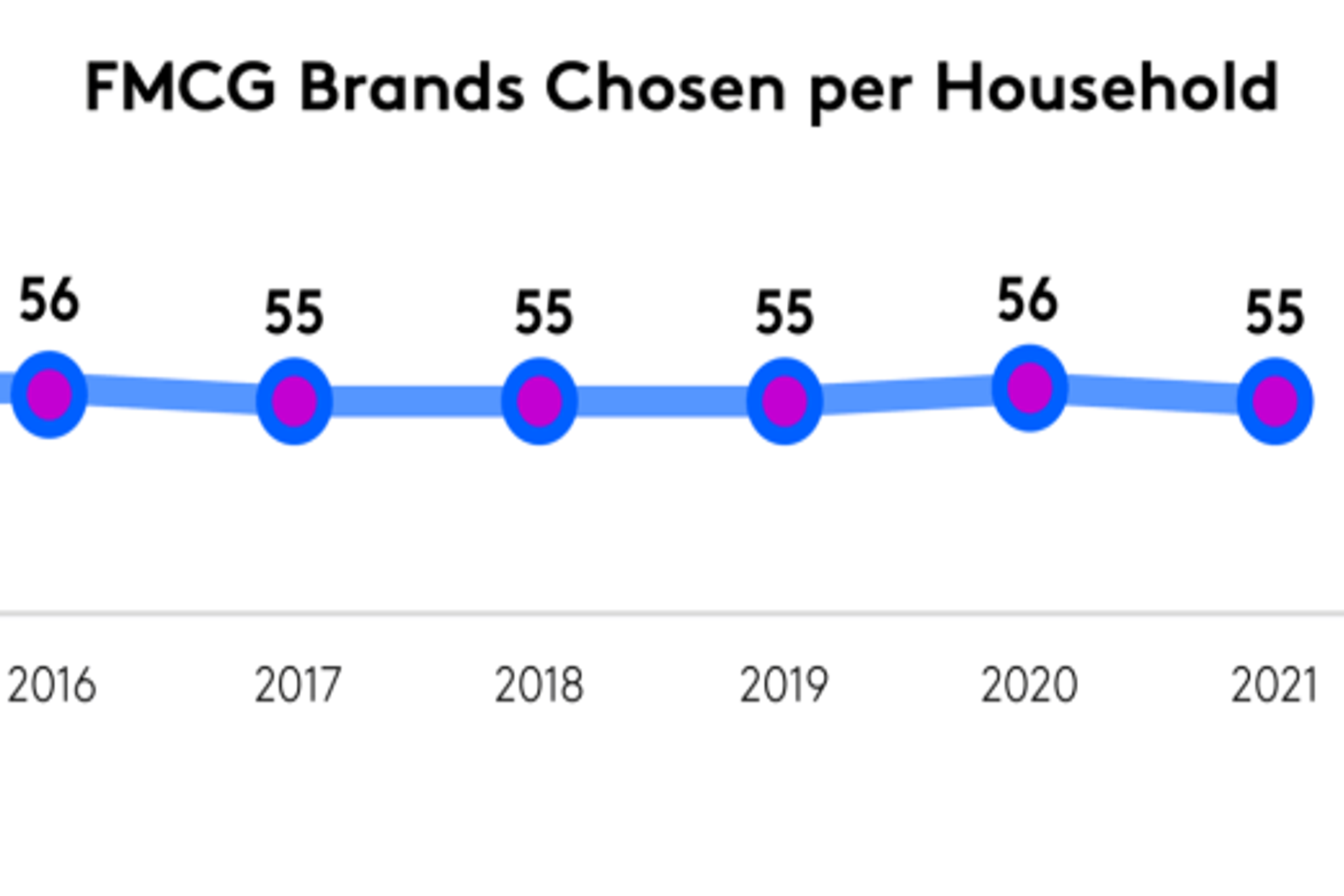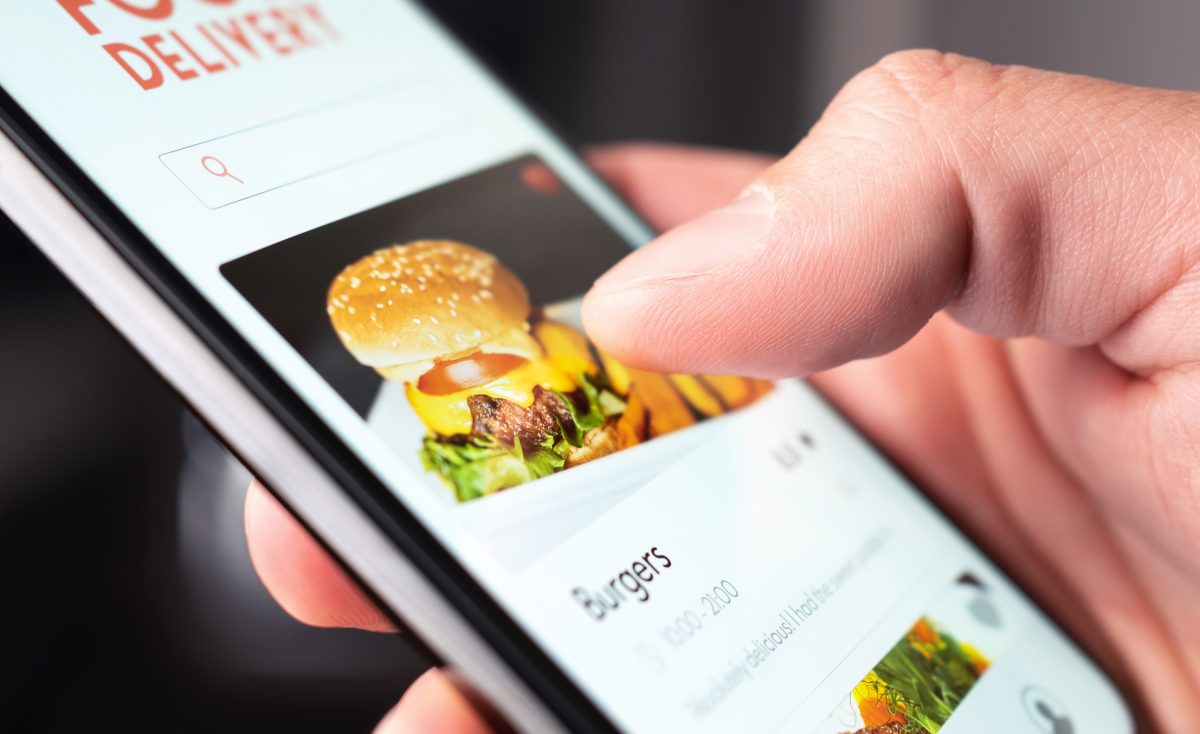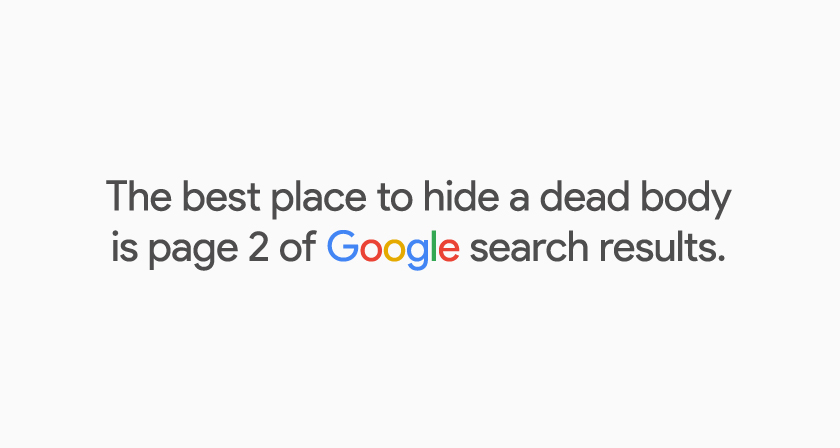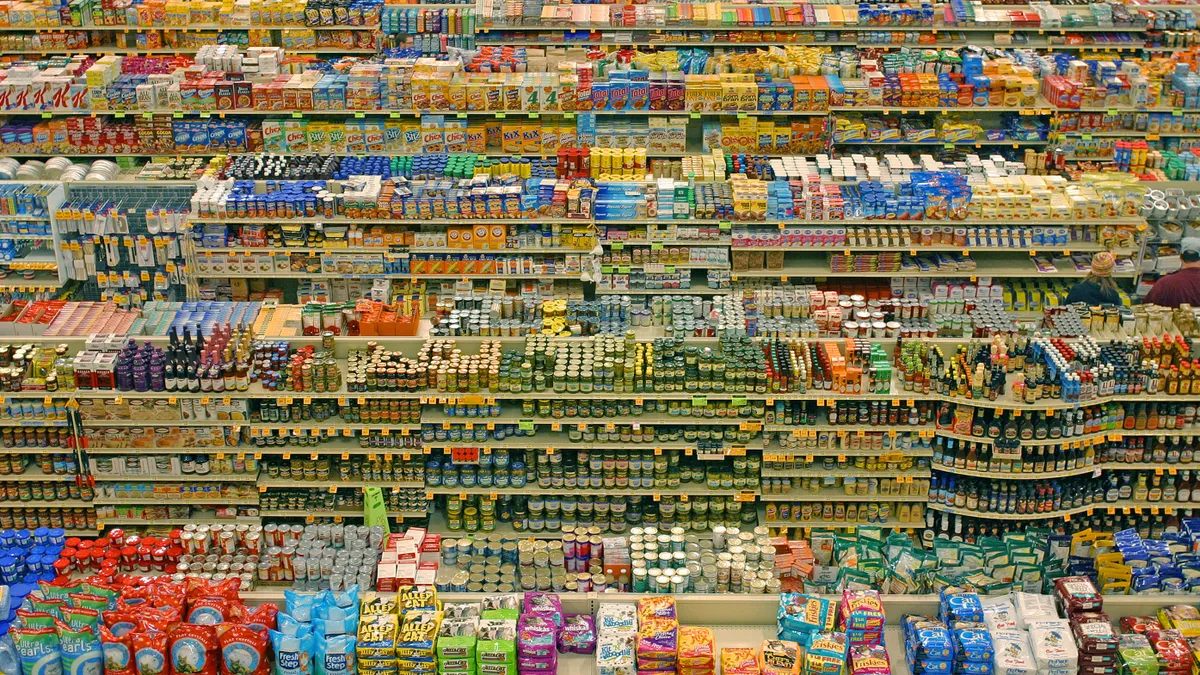Amazon loses 1% in revenue for every extra 0.1 second customers spend waiting for pages to load on their website. The desire for a friction free service is no joke.
Easy preferred to best
We like decisions that require little effort.
Despite all the technological change over the last decade, our buying habits remain remarkably similar: the average household buys a portfolio of 55 FMCG brands in a year. Of course the brands in question vary from year to year, but the challenge for marketers is still getting into a very limited buying set.
Should you force a user to confirm a password when they complete your form? It certainly slows things down: removing the ‘confirm password’ box increases form conversions by 56% while not negatively affecting the password reset rate.
The answer to health eating lies in defaults. An Oxford University study shows that simply putting healthy meals at the top of delivery app menus results in people ordering 200 fewer calories per meal. On the other hand, real world data shows that calorie labels on restaurant menus have virtually zero impact on behaviour.
People say they seek out the best option, but their behaviour says otherwise. Only 0.63% of Google searchers clicked on something from the second page (hence it’s an excellent place to hide something bad…).
What led to a 43% reduction in deaths from paracetamol in the 1990s? Smaller packs. The government reduced the number of pills in each pack from 32 to 16, making it harder for people to overdose.
Supermarkets sell more when they allow consumers to buy quickly. Conversely, a slow shopping experience limits sales.
Most supermarkets stock 40,000 items, but the typical household only buys 300 in a given year. So much for “seeking out the best option.”








